Recognize the Difference: Spots or Acne?
April 2021 | Reading time: 4 minutes
Table of Contents
Spots are a normal part of growing up and even affect some adults. The NHS estimates that 80% of people between 11 and 30 years old suffer from acne, most commonly affecting teenagers during puberty.
However, it can be difficult to know the difference between a normal breakout of spots, and acne. In general terms, acne tends to be recurring, and appears in areas such as the face, chest and back. Acne can be different for everyone, and as long as it is mild and not causing you pain or anxiety, then it is nothing to worry about!
Causes
Acne can be a side effect of puberty. The increase in sex hormones results in a greater production of sebum by the sebaceous glands, which makes the skin oily. Your body naturally produces sebum to prevent dryness of the skin and hair. If you have naturally oily skin already, this could put you at risk of more severe acne. The higher levels of sebum trigger a bacterium called P. acnes, which inflame the skin, causing the appearance of spots. The hair follicles are also blocked by sebum, trapping the oil and dead cells in the skin.
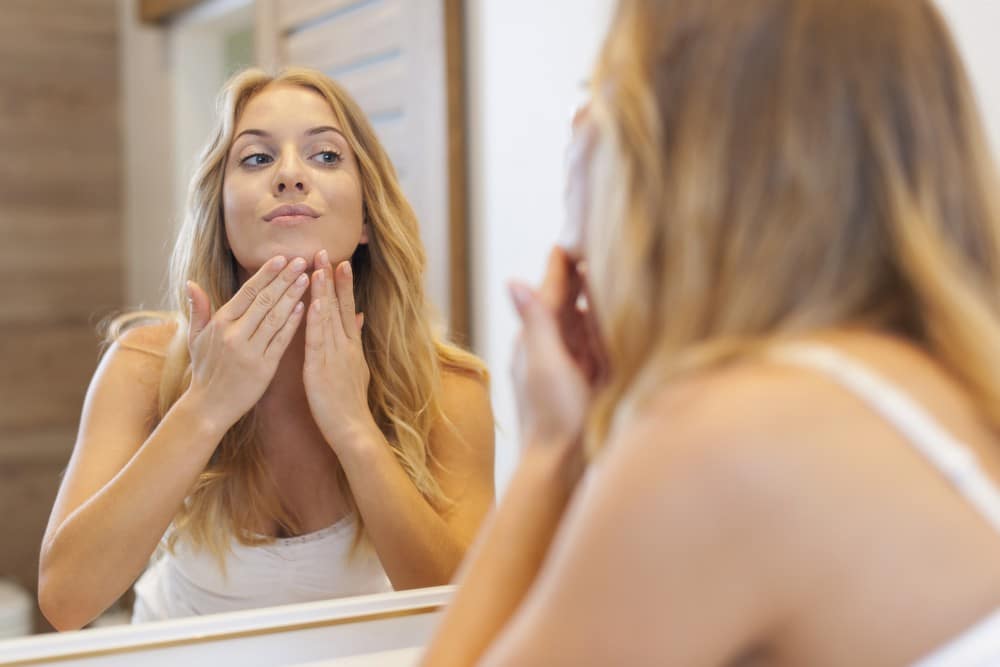
If you suffer from acne outside of puberty, this could be due to other factors such as genes. Moreover, if you go through hormonal changes at other points in your life, such as during pregnancy, it is not unusual to develop acne.
Symptoms
The NHS identifies six types of spots that occur when you have acne. These spots are caused by sebum putting pressure on the already blocked hair follicles, pushing the sebum out of the skin. If the hair follicle is nearer the surface of the skin, the pressure of the sebum produces a whitehead. Whiteheads are firmer than average spots and are hard to get rid of. The blocked hair follicle also causes blackheads, which are black or yellow. Blackheads and whiteheads are also known as comedones, though are mild in comparison to other spots.
One significant difference between average spots and acne is that the latter can be very sore and painful. Papules are perhaps the most common visual sign of acne, taking the form of little red bumps. These can turn into pustules, which look similar but have a white top, filled with pus. Pustules are what typical spots look like, so if you have a few of these at one time don’t worry!

The last two types of spots are signs of more severe acne. Modules are more prominent and harder lumps that form under the surface of the skin. They do not have a head, and as a result of this, the bacteria remains trapped underneath the skin. Another serious type of spot is a cyst. Cysts are large lumps that are full of pus and can be incredibly painful. If you notice that you have cysts, do not try and pop them. Not only could this hurt a lot, but you could be at risk of scarring. If you notice these last two types of spots, then it is advisable that you go and see a doctor to learn how to treat them without harming yourself.
In most cases, acne improves when you get older, though this may take several years. There are various creams and medications that can help to ease symptoms, and improve your self-esteem.
Most importantly, if you are self-conscious about your spots and suspect you may be suffering from acne, seek medical advice as soon as possible. Don’t let spots get you down!
If you are looking for treatments for painful spots, try our LED Acne Therapy. This treatment involves applying an LED Mask to your face, which releases Blue LED light. We use this type of light because it releases singlet oxygen, which is perfect for fighting bacteria that produces acne! As a result of this, the treatment reduces spots and redness, leaving your skin feeling healthier and hydrated!
Related Articles
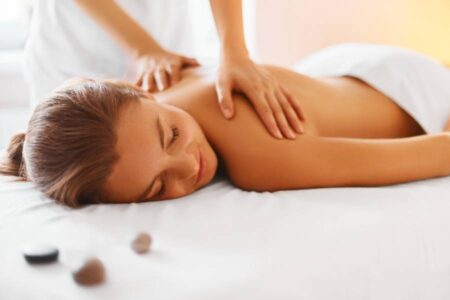
How Can A Massage Benefit My Health?
A massage is generally considered as a treat that releases tension in the muscles and enables you to relax. However,...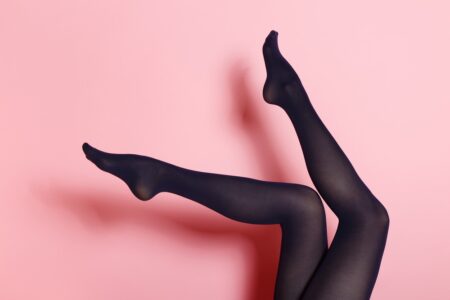
Can Clothing Affect Our Health?
In modern society, people are constantly buying new clothes. Branded clothing is extremely popular and also rather expensive. Apart from...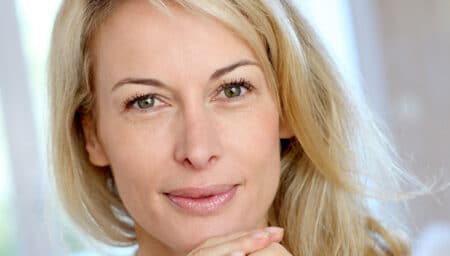
How to Stop the First Signs of Ageing Naturally
Ageing is a natural process that affects all beings. The first wrinkles and fine lines appear around the age of...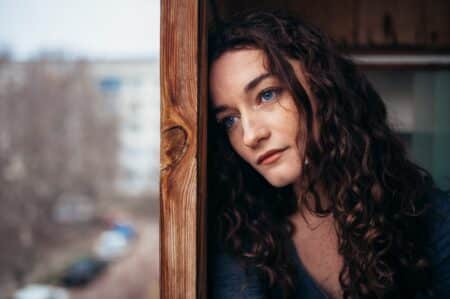
How to Keep on Top of Your Mental Health This Winter
The winter can be a dangerous time of year in regards to mental health. Lack of sunlight can lead to...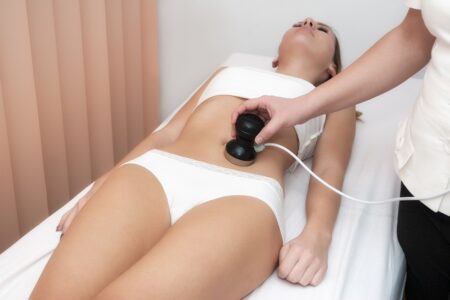
Ultrasound Cavitation Belfast
Looking to get rid of stubborn fat? Our Ultrasound Cavitation treatment may be the ticket to your perfect body, and...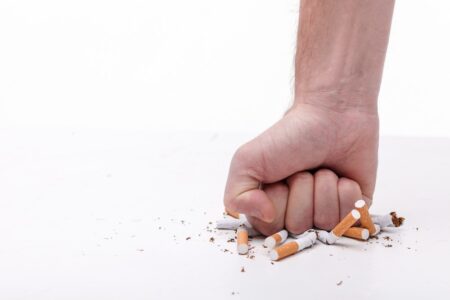
5 Ways To Quit Smoking
One of the most difficult things to do is quit smoking. Smoking is a habit that can have very destructive...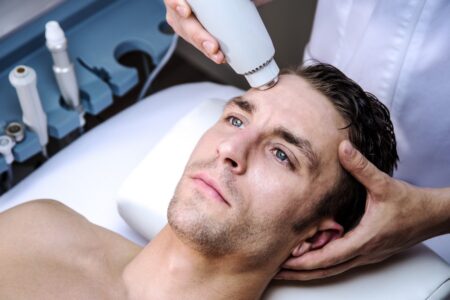
Skin Tightening Glasgow – Combat Signs of Ageing
Our advanced Skin Tightening procedure is now available at VIVO Body Studio Glasgow! Keeping a more youthful appearance is essential...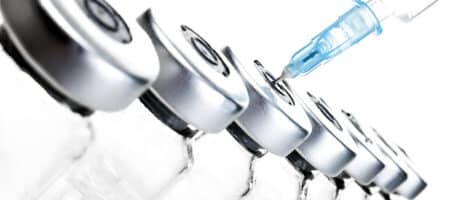
Dermal Filler Aftercare
This dermal filler aftercare advice is provided so that you know what to expect following your treatment at VIVO Body...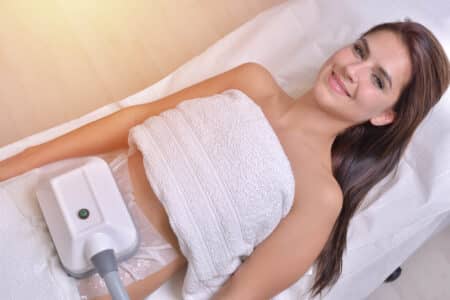
Mobile Treatment Service
Good news! We are pleased to announce the launch of our Mobile Fat Freezing Service! At VIVO Body Studio, we...
Natural Ways to Improve Your Circulation
Many of us encounter problems with our circulation over time, perhaps due to age or a change in weight. Furthermore,...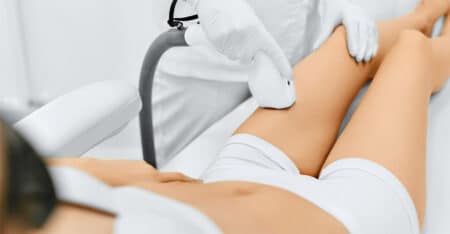
Free Laser Hair Removal at VIVO Birmingham!
It’s official; summer is nearly here! Don’t let unwanted hair stop you from strutting your stuff – with our Laser...
Exploring the Miscellaneous: A Journey into the Unexpected
What is the Miscellaneous?The term 'miscellaneous' often conjures up images of a jumbled collection of odds and ends, a hodgepodge...Happy Customers
1,879 Reviews and CountingMobina carried out this treatment and she is v knowledgable, professional and attentive throughout. I’ve got my next appointment booked & can’t wait to see the results after that session.
I would highly recommend this treatment and Mobina.
 close
close



